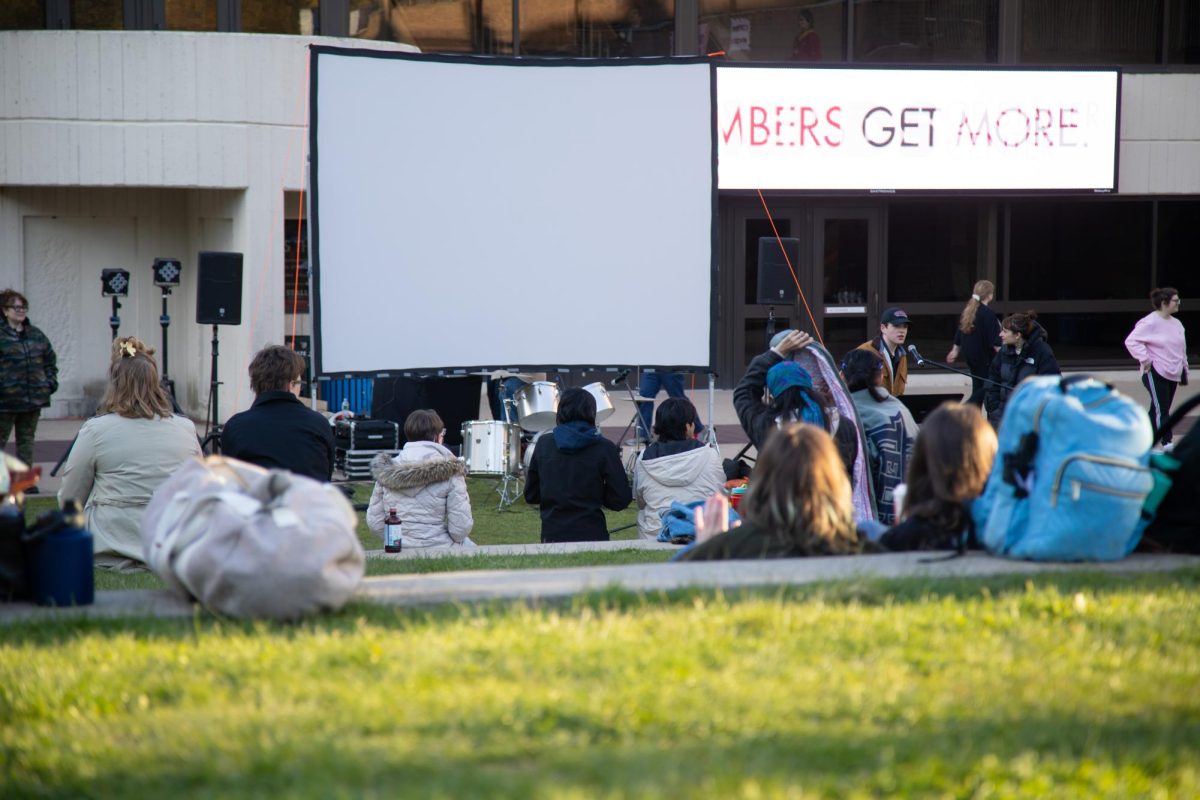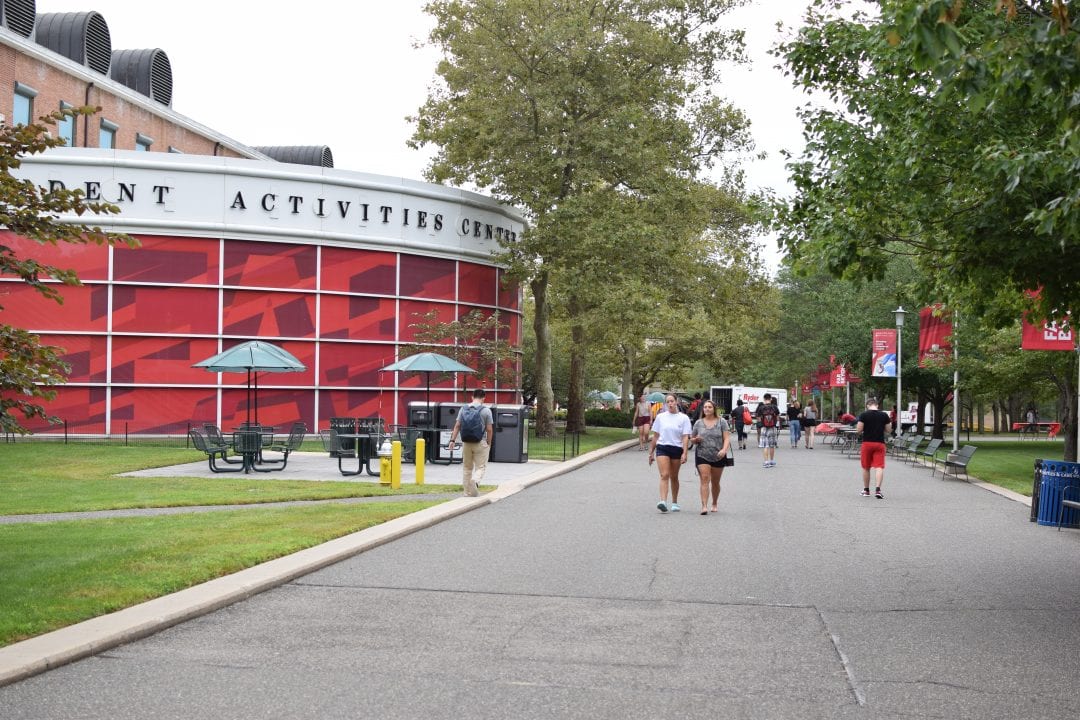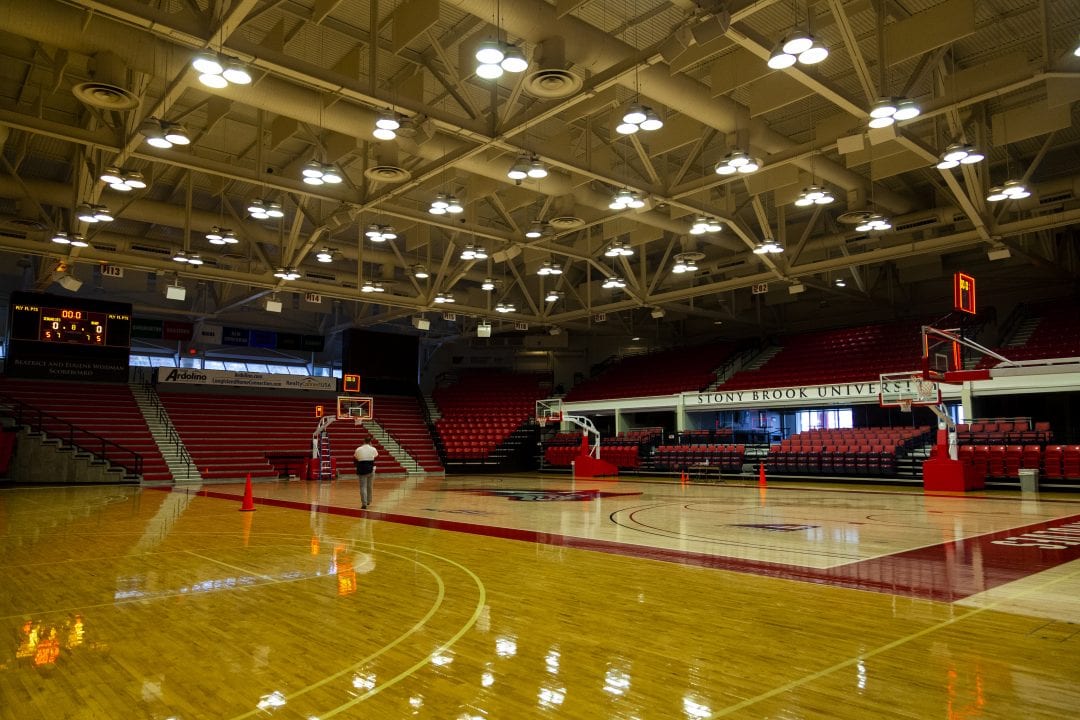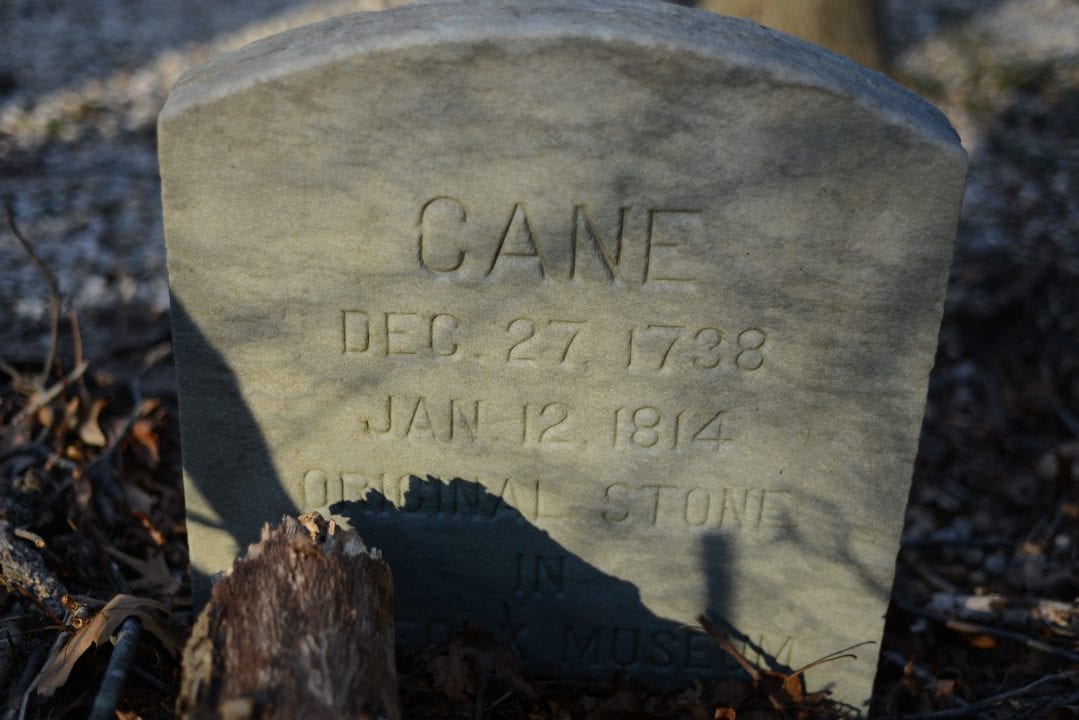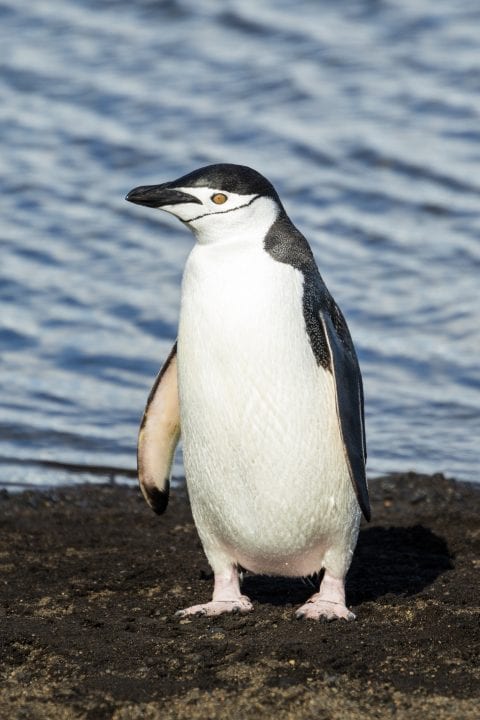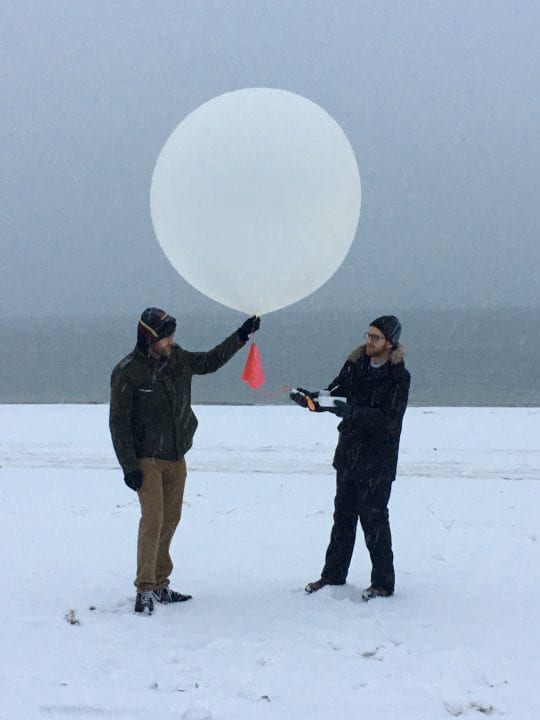
The Multi-Angle Snowflake Camera, or MASC, a new addition to the School of Marine and Atmospheric Sciences, will help Stony Brook University researchers gather better data on snowstorms and create more accurate numerical models for forecasts.
As part of the National Science Foundation project titled “Collaborative Research: Observations and modeling of mesoscale precipitation banding in cool-season winter storms,” the MASC was installed on top of Endeavor Hall in the south campus and serves to capture photos of snowflakes during snowstorms.
The research project is a collaborative effort between Stony Brook University and North Carolina State University aimed to reduce the amount of uncertainties of weather forecast by analyzing data collected during snowstorms, Sandra Yuter, professor of marine, earth, and atmospheric sciences at North Carolina State University and collaborator of the project, said in an email.
Brian Colle, professor of atmospheric science at the School of Marine and Atmospheric Sciences, leads the Stony Brook team and is in charge of numerical modeling and data collecting.
Before the MASC, data collecting was done by “brute force” and often happened at the dead of night, Colle said.
“We were using a cold shed outside and a stereo-microscope,” he said. “We did this for several years with myself and students where we would go out in the middle of the storm and collect snowflakes on glass plate and study the flakes under the microscope.”
Now they can collect and study snowflake data in the warmth and comfort of their homes and offices.
According to Colle, the installation of the MASC not only reduced the amount of manual labor associated with data collection, but also sped up the collecting process.
“It was very manually extensive, and as a result we can only take an observation every 15 to 30 minutes,” he said. “But now this instrument is recording every time a snowflake triggers the sensors.”
The MASC, developed by professor Tim Garrett of the University of Utah, roughly resembles an unfolded folding fan with three 5-megapixel cameras and three flashlights mounted on top, all pointing at a decagon shaped ring at one end of the device.
When a snowflake passes through a 1-by-1 inch area within the ring. The MASC captures close-up photos of it from three angles in real time, while measuring its descending speed. According to the MASC website, the camera can capture snowflakes ranging in size from 100 micrometers to three centimeters.
The photos are automatically composited and uploaded to a website that updates every 10 seconds and is accessible to the public.
The photographs offer two areas of focus for Colle and his colleagues: the habit type, or formation of snowflakes, and the amount of water captured by a snowflake as it descends through the clouds.
Understanding of cloud formations, or the lack there of, is a major contributing factor of inaccurate snow forecast.
“To get the forecasts right, we have to understand the processes inside the clouds better,” Colle said.
According to Colle, snowflakes with more water attached to them form a denser and firmer snow that has a lower accumulation than snowflakes with less water, which form a fluffier and softer snow.
A recent example would be Winter Storm Juno. Weather forecasts predicted that the storm would bring 18–24 inches of snow accumulation with temperature near the freezing point in the Stony Brook area.
Colle and his team expected the MASC to capture photos of lighter, fluffier snow. Instead, the snowflakes captured more water, resulting in a denser snow that only accumulated to about 16 inches.
A Microwave Rain Radar, MRR, is used in unison with the MASC to collect the vertical profile of cloud structures about Stony Brook during snowstorms.
Sara Ganetis, a fourth-year Ph.D. candidate in marine and atmospheric sciences and research assistant on the project, compares the recorded data from both the MASC and MRR with previous weather models to evaluate patterns and inaccuracies.
“We run our own weather model in a research setting to recreate storms,” she said. “So we need actual observations to compare to what we are creating to see if it’s actually usable to study small scale processes and the detail of the actual storms.”
The project will last for three years with plenty of work to be done and snowstorms to be had, but Colle describes himself as “one of the few people that looks forward to going to work during a snowstorm.”


